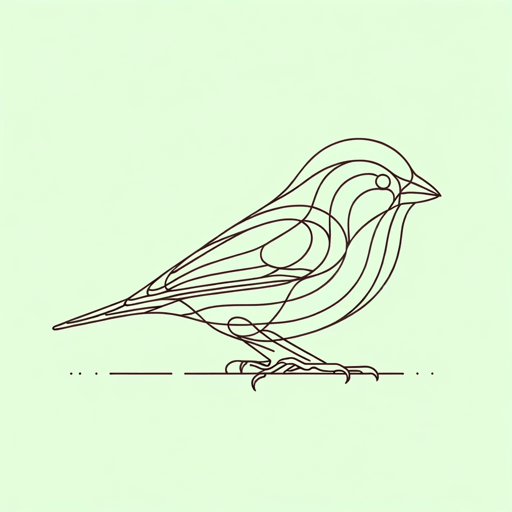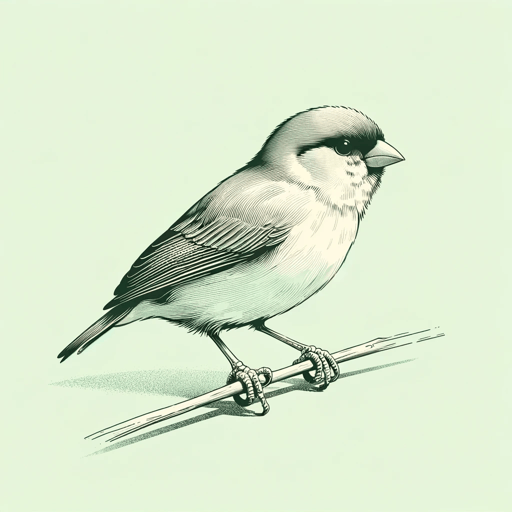61 pages • 2 hours read
Charles DarwinOn the Origin of Species
Nonfiction | Book | Adult | Published in 1859A modern alternative to SparkNotes and CliffsNotes, SuperSummary offers high-quality Study Guides with detailed chapter summaries and analysis of major themes, characters, and more.
Chapters 3-4Chapter Summaries & Analyses
Chapter 3 Summary: “Struggle for Existence”
Darwin notes that variety itself—that is, individual differences within members of a species—offers little, if any, explanation for how it arises: “How have all those exquisite adaptations of one part of the organization to another part, and to the conditions of life, and of one distinct organic being to another being, been perfected?” (585)
He introduces two fundamental concepts that guide his work for the remainder of the book: the “Struggle for Life” and “Natural Selection” (586). Darwin refers to the struggle for life (or, alternatively, “the struggle for existence”) to mean several different things, but all center on an organism’s attempt to outcompete and propagate. Building on the work of Thomas Malthus, Darwin posits that any given species of organism in a specific environment produces more offspring than can possibly survive. Many creatures die in infancy or as seeds: “Eggs or very young animals seem generally to suffer the most” (590). Others are consumed by predators. Many more still are outcompeted not only by members of other species but by better-suited members of their own. The struggle for life, though partly a result of difficulties in the physical environment and climate, is generally gravest with respect to relationships and competition between organisms that cover the same territories, require the same sustenance, and have the same weaknesses.
Featured Collections
Appearance Versus Reality
View Collection
Beauty
View Collection
Earth Day
View Collection
Nature Versus Nurture
View Collection
Order & Chaos
View Collection
Religion & Spirituality
View Collection
Required Reading Lists
View Collection
Science & Nature
View Collection
The Best of "Best Book" Lists
View Collection


